As someone who spends an inordinate amount of time and money at bookstores, I was incredibly excited when I heard that Tsutaya Books was coming to Malaysia. I had been to their flagship store at Daikanyama T-Site in Tokyo and was completely blown away by how they had effectively reimagined what a bookstore could and should look like. Yes, they sold books, but they also curated an experience around them. It was built on the idea that the content within books shouldn’t be disconnected from reality. That books are just the beginning of a journey. And that by extending that experience to art and food, to the visual and the textural, that we would be able to connect the abstract with the concrete. I also liked being able to sip on a gin and tonic while being surrounded by vintage American magazines at the bar in their library space.
Make no mistake, Tsutaya Books at Pavilion Bukit Jalil is absolutely beautiful. The first one in Southeast Asia, it sprawls out over 31,000 square feet (just a tad smaller than Kinokuniya at KLCC), contains over 240,000 books, stationery, and goods, is beautifully lit, and very closely approximates that feeling you get from walking through one of their stores in Japan.
A New Book Shopping Experience?
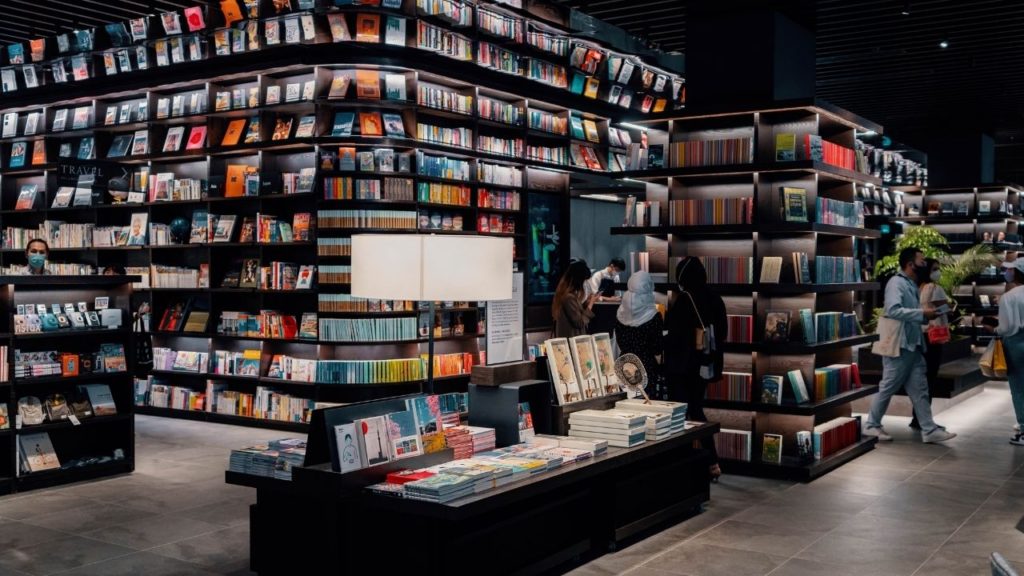
Shopping at a Tsutaya, however, will require you to rewire your brain a little as the books aren’t just arranged by categories and genres, but also by using a little free association. The books aren’t segregated by language either. If you were browsing through the movie section you would likely see a book on the art of The Rise of Skywalker, next to a biography of George Lucas, next to the latest Star Wars novel. Three books that would ordinarily be in completely separate sections of a bookstore. The travel section may contain magazines, cook books, philosophical essays, and even poetry that’s related to the genre. And these books may be in English, Malay, Chinese, or Japanese. It’s a collage-style arrangement that is more akin to the way we form ideas in our heads than the kind of Dewey Decimal adjacent categorization employed by more traditional stores.
Bookstores can be intimidating places. If you’re a casual consumer looking for something new to read, walking into a place like Tsutaya can be quite overwhelming. Where do you even start? How do you pick a book? Discovery has always been a challenge. But one way of doing it is by reorganizing books by pockets of interest. Which means that it’s only a few short steps from your love of rock and roll, to Taylor Jenkins Reid’s Daisy Jones and the Six, to Paolo Baron and Ernesto Carbonetti’s beautiful graphic novel Paul Is Dead, to Patti Smith’s Just Kids. It means that your fascination with cooking might save your life the way Ella Risbridger did hers in Midnight Chicken.
It’s quite brilliant. And it might just be the thing that makes us better readers.
The Tsutaya in Malaysia doesn’t quite lean into this methodology completely. At least not yet. From my visit there on day one, it seemed like they were employing a sort of hybrid approach in order to ease us into it. The vast majority of books are still situated in familiar areas, but there are some surprises to be found among them. (I was browsing the art section and came across a great biography of Edvard Munch’s “The Scream” in and among the many coffee table books on display.)
The Medium and the Message
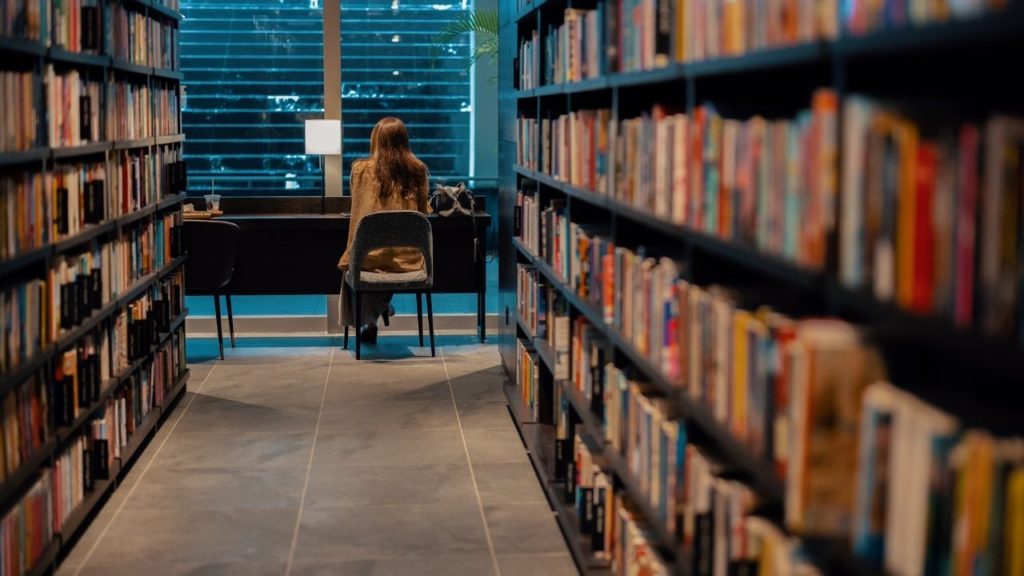
Now, the more bumptious among you might turn your nose up at the notion of a bookstore that sells more than just books. Sushi knives? Teapots? Beer glasses emblazoned with cute cartoon cats? Pricey cafetières? What’s the deal? Shouldn’t bookshops be selling books? But there is a method in this madness. And it is a philosophy that serves a different purpose in Malaysia than it does in Japan.
Over there, it is based on a simple needs based premise. If you’re interested in books on artisanal coffee, you might actually want to buy some of the things that they talk about in those books. So why not have them right there? They become the side trips that you take on your literary journey.
Over here, however, these “other” things in the store serve as potential gateway drugs to books and reading. The treehouse-inspired Learning Room. The beer glasses emblazoned with cute cartoon cats. Even the Instagrammable cafe. Because aesthetics are important. More so in a country like ours where the real task is getting people into bookstores in the first place. To quote Marshall McLuhan: “The medium is the fucking message.” (I’ve added the expletive for emphasis!) The method of delivery is important. The space that you’re in affects your shopping experience. It influences your decisions. Because we’re constantly judging books by their covers. (It is important to note that unlike, say BookXcess, Tsutaya Books isn’t just all style and no substance. The content is there. The aesthetics aren’t there to hide some haphazard curation.)
So, Why Malaysia?

That is the question really. Why open a massive, sprawling, everything bookstore in a country that doesn’t really read, where books are prohibitively expensive, and where a vast number of “readers” still pirate their literature?
We are unfortunately stuck in that annoying Catch 22. Malaysians don’t really read or buy books, so bookstores aren’t sustainable. But the lack of “proper” bookstores (and libraries) make accessibility an issue, which is why Malaysians don’t really read or buy books. It’s a vicious cycle.
It is why bookstores like Tsutaya and Kinokuniya are absolutely necessary. Chains with deep pockets, that can weather long sales droughts, and serve as open and welcoming spaces, that draw people in and get them excited about the possibility of literature. It is a long con. It is future proofing. Enormous chains are also crucial for the book ecosystem, because they help readers discover new titles, encourage publishers to stay invested in physical stores, and keep the “Indies” in business.
Some Other Thoughts
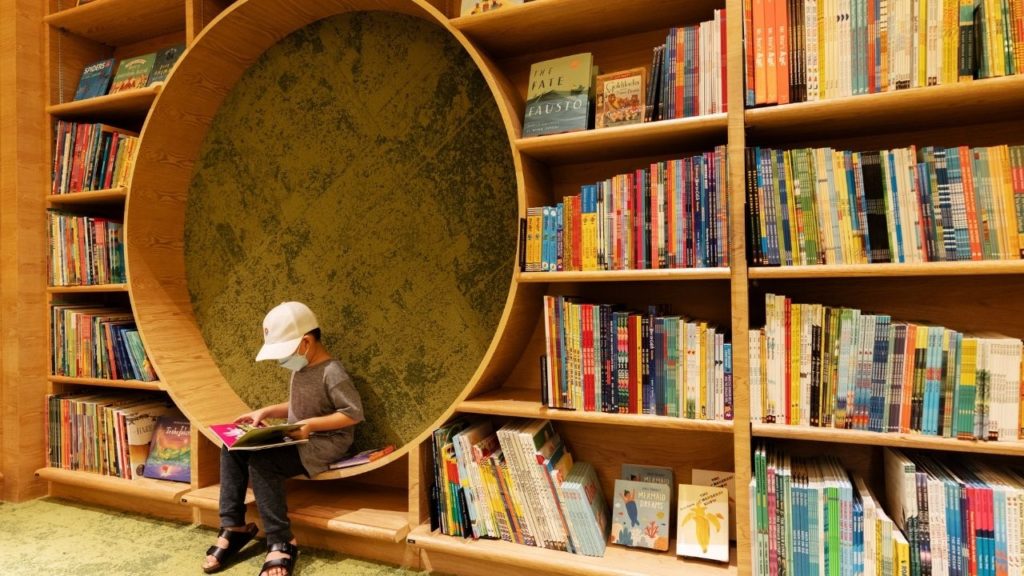
1. It was day one and therefore very clear that Tsutaya was still working on stocking their shelves. The fiction/literature sections need work. The sci-fi and fantasy sections were tiny and woefully understocked. Ditto with mysteries, thrillers, and horrors. The manga selection was extensive, but not as large as the one at Kinokuniya. Their graphic novel offerings were insultingly small. That said, I look forward to going back there in a month to see how they’ve fine tuned things.
2. Tsutaya’s art, architecture, and photography sections are very impressive.
3. I still need to get used to the fact that Tsutaya arranges their books using an author’s first name and not their last. I’m not sure if it’s just a Tsutaya thing or a Japanese thing.
4. They use price tags that are incredibly easy to remove. (As any book lover will attest, this is huge. God knows we hate sticky residue on our books. God knows we hate price tags that peel off parts of the back cover.)
5. Their membership is app based and registration is quick and painless. You collect points with your purchase and then exchange those points for gift vouchers. Personally, I still prefer Kinokuniya’s Privilege Card that just gives me a 10 percent discount on everything I buy.
6. The fruit parfait at their cafe is AMAZING!
7. Parents take note. Their children’s section is very cool. And their selection of young adult fiction is massive.
8. The store could use a few self service search kiosks. They would be incredibly helpful if you were looking for a specific book and needed to find it quickly.
9. The one question we’ve been getting a lot is whether or not there is anything at Tsutaya that you can’t find at Kinokuniya. It’s complicated. On the books front, the answer is “no.” (At least for now.) At first glance, Kinokuniya has everything Tsutaya does and more. But there is the shopping experience to consider as well. Both bookstores offer very different aesthetics and thus cater to different needs and wants. The location is also a factor. If you live in Ampang, Bandar Utama, or Bukit Kiara, for example, then making a trip out to Bukit Jalil becomes quite the trek. (Or if you just live in Subang and dislike going anywhere that isn’t Subang.)
10. I should also note that Bahir found Tsutaya a lot more inviting and a lot less overwhelming than Kinokuniya. He couldn’t quite tell if it was the environment or the curation, but he left, four hours later, having done quite a bit of damage to his credit card.

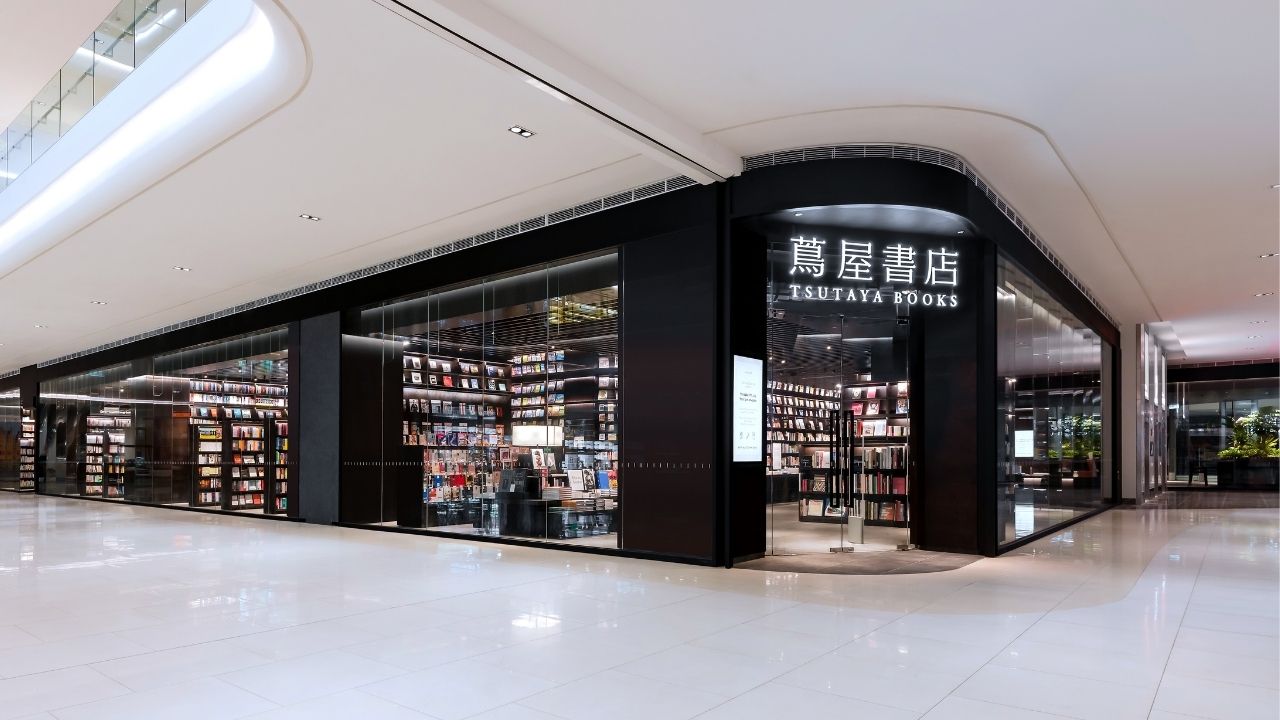


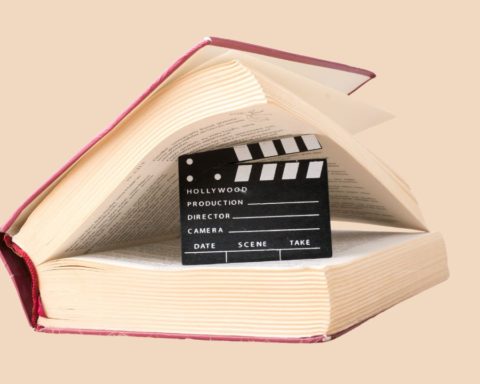


Follow Us